The Physics of Decompression
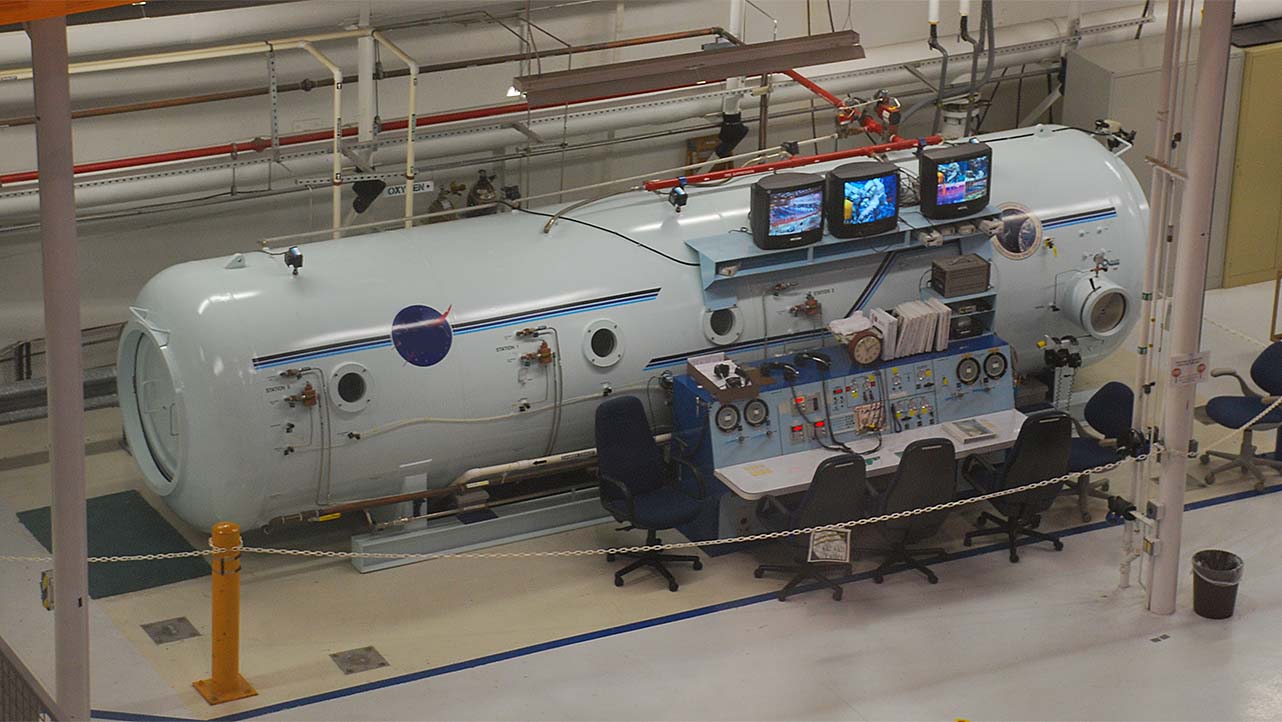
In this section, we discuss:
- Blood Flow During a Dive
- General Decompression Mechanics
- The Two Main Decompression Theories
- The Realities of Decompression
- What are two reasons that blood moves to the central thorax area of your body during a dive?
- What three factors do divers control that affect on-gassing and off-gassing?
- What are the two main decompression theories?
- What is the Rule of Halves?
Blood Flow During a Dive
Blood moves to the central thorax area of your body during a dive due to two factors:
- The first is simple buoyancy. Your blood floats, as it would if you were an astronaut. Thus, your blood centralizes regardless of your position in the water.
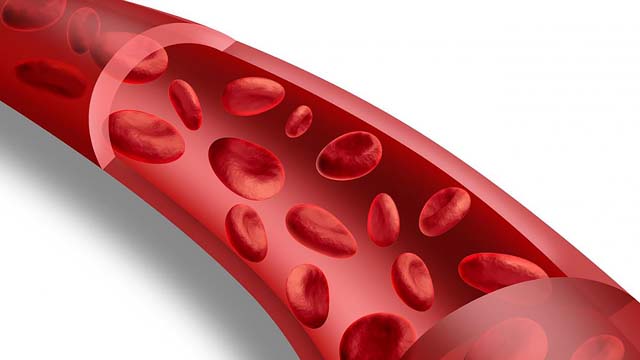
- In cold water, your body shifts blood from your limbs to your core to reduce heat loss through your limbs.
General Decompression Mechanics
- During dives, your tissues absorb nitrogen and, if present in your breathing media, helium. This process continues until the partial pressure of the dissolved gas in body tissues balances with that of the gas in your breathing mixture. This is called on-gassing.
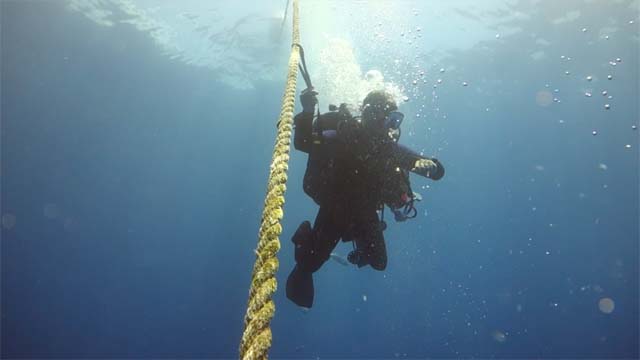
- As pressure decreases during ascent, excess inert gas starts to come out of solution and is vented through respiration. This process, known as off-gassing, continues on the surface until either the excess inert gas is gone or you make another dive.
- Different tissues absorb and release nitrogen at different rates. Blood and muscle, for example, are considered “fast” tissues as they absorb and release inert gas quickly. In contrast, fat and bone are considered “slow” tissues, as they take longer to saturate and desaturate. The algorithms underlying various decompression models have to account for this variation.

Divers control three factors that affect on-gassing and off-gassing. These are:
- Time
- Depth (pressure)
- Ascent rate
This is how these factors can affect you:
- Overstaying safe depth and time limits may cause your body to absorb more inert gas than can be safely off-gassed through a slow ascent and safety stop. This can trigger the onset of DCS.
- Ascending too rapidly can also lead to the formation of significant bubbles in the bloodstream and tissues, also triggering the onset of DCS.
The Two Main Decompression Theories
Experts chiefly use either of two different theories to explain the mechanics of on-gassing and off-gassing in the human body.
Dissolved Gas Theory: This theory makes these assumptions:
- The presence of bubbles in your body during off-gassing indicates decompression sickness.
- Off-gassing inert gas will not form bubbles as long as you stay within dive table or computer limits.
- It is better for you to get as close as possible to the surface to facilitate off-gassing.
The two most recognized versions of the Dissolved Gas Theory are:
- Haldane Model: Developed by English physiologist J.S. Haldane while working with the Royal Navy from 1905 to 1907.
- Buhlmann Model: Swiss physician Dr. Albert A. Buhlmann, building on Haldane’s work, conducted research into decompression theory at the Laboratory of Hyperbaric Physiology at the University Hospital in Zurich, Switzerland.
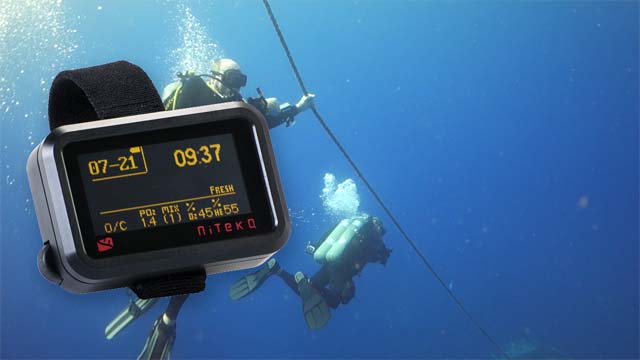
Free Phase/Bubble Theory: This theory operates on these assumptions:
- The presence of bubbles in your body during off-gassing does not indicate decompression sickness.
- Off-gassing will always form some bubbles but within dive table or computer limits helps minimize the growth and size of the bubbles so they don’t cause damage to cells and tissues.
- For this to work, you must maintain a slow ascent all the way to the surface.
The two most recognized versions of the Free Phase/Bubble Theory are:
- The Varying Permeability Model (VPM)
- The Reduced Gradient Bubble Model (RGBM)
D.E. Yount lead the team that developed the Varying Permeability Model during the mid to late 1980’s. Bruce Weinke, building on Yount’s work on VPM, developed the Reduced Gradient Bubble Model during the 1990s and 2000s.
The Realities of Decompression
Doppler studies have demonstrated that bubbles are present in divers’ bodies following ascents, even though they display no signs or symptoms of DCS. Studies suggest that when bubble size is controlled through depth, bubbles are an effective means of off-gassing. Models accounting for bubbles offer more efficient decompression, especially when utilizing mixed gasses.

When it comes to recreational diving, Free Phase/Bubble models offer the same benefits despite the minimal depth/time exposures experienced by recreational divers. Most notably, divers can adjust their ascent procedures to take advantage of the lessons learned from Free Phase/Bubble models.
Bruce Weinke, developer of the Reduced Gradient Bubble Model, has suggested following The Rule of Halves ascent procedure:
- On dives to 12 m/40 ft or shallower, simply conduct a three-minute stop between 3-6 m/10-20 ft.
- On dives deeper than 12 m/40 ft, halve the distance from the deepest depth and conduct a two- to three-minute stop at this depth, followed by a one-minute stop between 3-6 m/10-20 ft, with a slow ascent from the final stop depth to the surface.
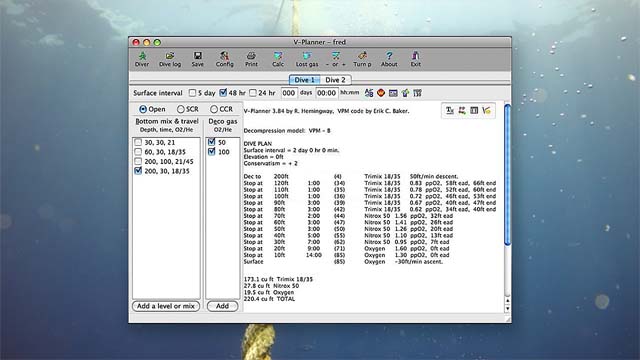
- On dives deeper than 12 m/40 ft, this procedure significantly slows the diver down in order to give his body the opportunity to eliminate both dissolved gas and free phase bubbles.
Key Points to Remember
- Blood moves to the central thorax area of your body during a dive because of buoyancy and lack of gravity acting on your body. When immersed in cold water, blood also moves from your extremities to your body core to reduce heat loss.
- Divers must control three factors that affect in-gassing and off-gassing: time, depth (pressure) and ascent rate.
- The two main decompression theories are the Dissolved Gas Theory and the Free Phase/Bubble Theory.
- The Rule of Halves is an ascent procedure, incorporating the Reduced Gradient Bubble Model that slows a diver’s ascent to facilitate the elimination of both dissolved gas and bubbles.
Learn More on Wikipedia
- Decompression sickness
- Decompression theory
- J.S. Haldane
- Buhlmann Model
- Varying Permeability Model (VPM)
- Reduced Bubble Gradient Model (RGBM)
